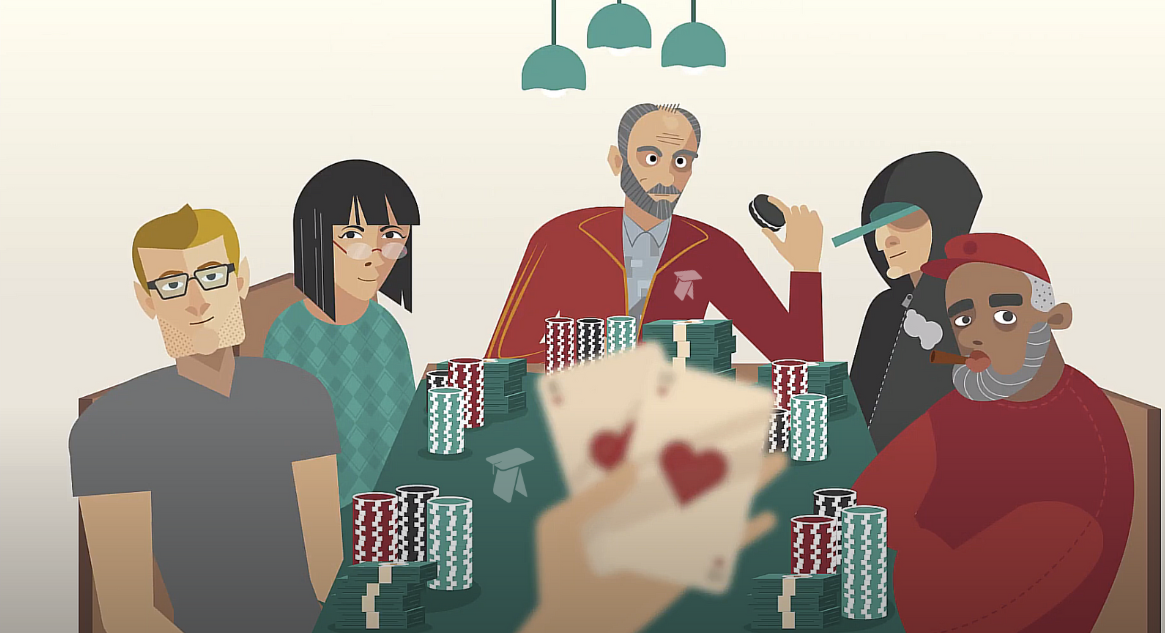Naturally, at the beginning, the solutions were only chipEV and symmetric, and that was a good start. But now, everyone realizes that if you browse a 40bb-symmetric-effective-stack-scenario, ranges are not the same as if you are at the start of the tournament and the stacks are not equal (i.e., asymmetric) or when we use equal stacks but in different stages of the tournament (i.e., 50% field left or 10% field left).
Let me give you an example. Here, you can see the 40bb Button versus 40bb Cutoff RFI range (with the Edge option on or off).
Let’s change that, and see how defending ranges differ in an actual in-game scenario. Now, let’s see what changes when we go to ICM 50% of the field left charts.
What we can see now is this:
- both ranges are getting tighter
- the edge function ‘on’ decreases both ranges even more, resulting in more breakeven spots and more spots where winning is not as important as losing part of our stack.
Let’s do one more example to the extreme, where there are 10% of the field remaining in an ICM scenario.
In this particular spot, it seems that the actual ranges do not really change. This seems like a great spot to delve deeper into the power of Poker Academy.
What you are seeing in the next image is BTN vs CO ranges in ICM with 50% of the field left vs 10% of the field left with the Edge function on.
The upper row is the 50% range, and the bottom one is 10% of the field left. Let’s explore.
When we are getting deeper into the stages of a multi-table tournament (MTT), we can see that protecting what we already have is more valuable than trying to gain a bit extra to our stack. This is why, when an edge is “on,” the majority of our range becomes indifferent. Here is where exploits come into play: now, in my opinion, even breakeven hands against better players have become folds and could become +EV spots for us against weaker opponents. We need to know the basics and then deviate from them in order to make more money playing this game.
To improve your game, I recommend getting a sub and using the Poker.Academy. The app has a variety of different spots and a Trainer feature for receiving instant feedback on your mistakes.
Now, what you do with that information is up to you; change your strategy or not, think about how this is applicable to your games or actual real-life scenarios, exploit or be exploited; the decision is yours. But in general, what the solutions are showing is that the bigger part of our range gets indifferent to playing in the hand, while the smaller part has actual profitable properties. Of course, this will change when you are either the best player at the table or the worst. This is where playing actual poker comes into action.
And also this could be the reason why you lose at poker!
If you consider yourself a decent player but can’t win for long periods of time, maybe it’s not just variance or the nature of the game – maybe check your database and see if you are playing the same ranges in spots where you could and should consider other factors.
Stay tuned for Part 4, and until then make sure to watch
⚠️ Beginner’s Guide on How to Play from the Big Blind
